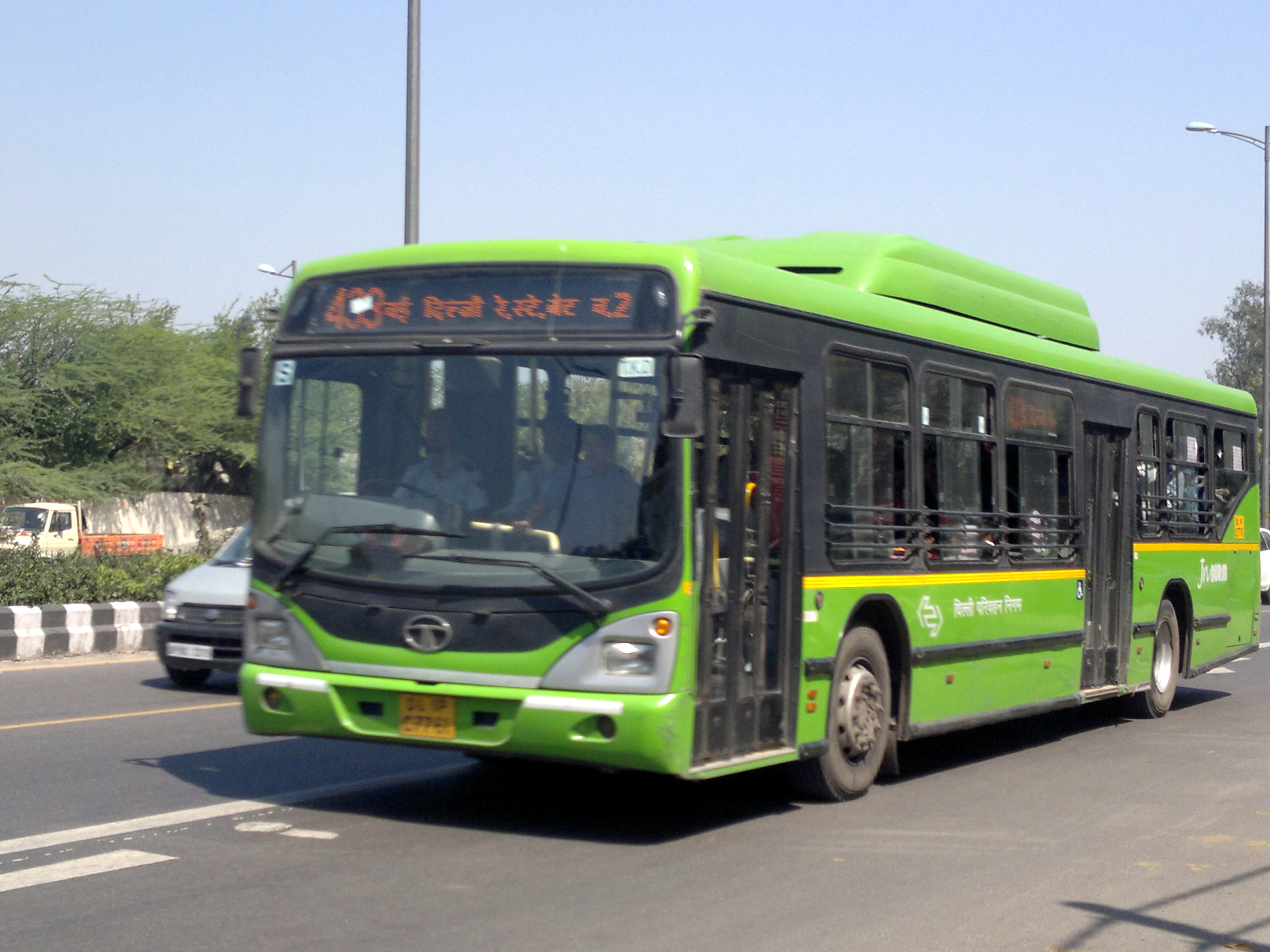After the failed BRT experiment, it will be a challenging task for the Delhi government to ensure this corridor succeeds.
New Delhi: The Aam Aadmi Party (AAP) government in New Delhi had started the “dedicated bus lanes” for heavy vehicles and buses on 15 selected roads in the capital from 1 April with the hope of curbing accidents, decongesting Delhi roads and ensuring smooth traffic movement. Many have questioned the rationale of the government decision as previously the Bus Rapid Transit (BRT) system had failed in New Delhi and was later dismantled in 2016 due to traffic congestion and accidents. The Sunday Guardian traces the motive behind the move and how the government wants to execute it.
“The government had announced the dedicated bus lanes initiative in August 2021, it had then asked the Public Works Department (PWD) to create dedicated bus lanes in the capital and ask the bus drivers to drive on those lanes only. Afterwards, the Public Work Department marked the bus lanes with thermoplastic paints and properly identified the selected corridors,” said an official from the Delhi Transport department. On the issue of how it is different from the previous BRT corridor introduced by the Sheila Dikshit government, the official said, “BRT was a totally different thing. First of all, it was done keeping in mind the 2010 Commonwealth games and didn’t have long term vision. The platforms were in the middle of the road and hence it was difficult to access the platforms. The other problem was lack of enforcement; it was creating traffic congestion and accidents. But these separate lanes have been developed on the existing bus lanes.”
The Delhi government wanted to have 46 such corridors, but in the first phase starting 1 April, 15 roads were selected for it namely the Janakpuri to Madhuban Chowk , Kashmere Gate ISBT to Apsra Border, Signature Bridge-Bhopura Border , Mehrauli-Badarpur Road stretch from Anuvrat Marg T-point to Pul Prahladpur T-point, ITO-Ambedkar Nagar ,Ashram Chowk to Badarpur Border, Moti Nagar to Dwarka Mor, Britannia Chowk to Dhaula Quan, and Jahangirpuri Metro Station-Kashmere Gate ISBT, among others.
On the issue of enforcement, the official added, “The rules will be strict after our failed experience with BRT corridor. The enforcement team of the transport department will be active. These 15 routes under phase one, is about the length of 150 km, the team will keep a close eye on the movement of vehicles in the lanes. No other vehicle will be permitted to be in the dedicated bus lanes during the period. Buses and heavy vehicles, if found on the other lanes, will be liable for prosecution under Section 192-A of the Motor Vehicle Act, 1988 which prescribes a fine of Rs 10,000, with an imprisonment for a term which may be extended to six months.”
Talking to The Sunday Guardian, Purusottam Choudhary, who had worked with the Delhi Transport Corporation (DTC) said, “I think the dedicated bus lane is good as a concept, but the success of the corridor depends on how it is implemented. If people choose to violate rules with impunity, it would defeat the very purpose of the corridor, the same happened with the BRT.
With negligible prosecution, the entire concept of a BRT fell flat as people didn’t cooperate. Let’s wait for some time to see how the enforcement is done.”

